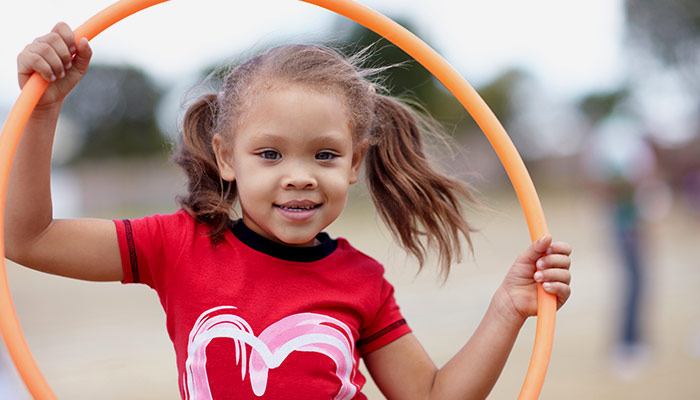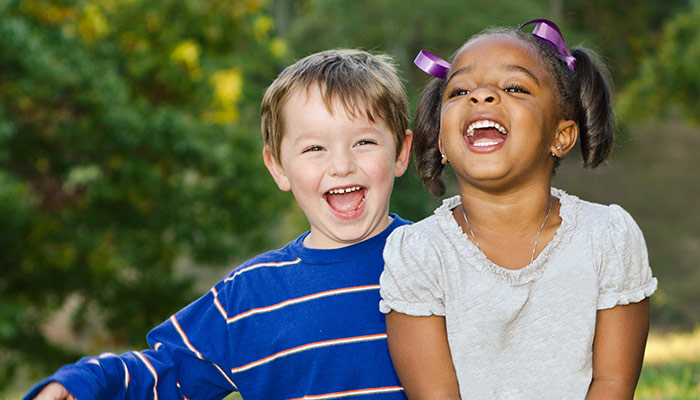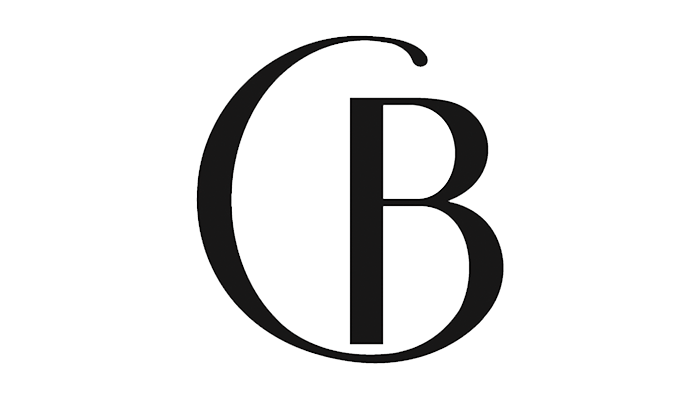While we believe that the books and resources recommended may be of value to you, keep in mind that these are suggestions only and you must do your own due diligence to determine whether the materials are appropriate and suitable for your use. PNC has no sponsorship or endorsement agreement with the authors or publishers of the materials listed.
ALL ABOUT ME

Partner Shapes
Children will explore shapes and movement with a partner.

Lesson Objective
Children will learn to work with partners making connecting shapes and following directions as they move through the dance space together.
Art
What You'll Need
- Cut out geometric shapes: circle, square, rectangle, and triangle
- Rubber spots (see Lesson Tips) or hoops – 1 per 2 children
- Audio device – for playing music
- Large space – enough for children to move safely without touching each other
- Music – any movement music (see Lesson Tips for suggestions)
What To Do
Note: Before beginning the activity, assign each child a partner.
- Review with the children the important rules of dance lessons (see Lesson Tips).
- Have the children spread out, and remind them of the concept of self-space (see Vocabulary).
- Perform the steps of the warm-up:
- Breathing – Take several deep breaths in and out slowly.
- Touch – Using gentle energy, tap/tickle your skin all over the body (arms, shoulders, belly, legs, etc.). Then, using stronger energy, squeeze all over your body to wake up your skin and senses.
- Get Moving – Do several movements that will get the blood flowing. Some examples might be jumping, running in place with high knees, swinging arms or kicking legs, and jumping with legs crossed and then open.
- Display the shapes, and go over the names of the shapes with the children. Have small groups of children try to make each shape with their bodies; three children make a triangle, four children make a square, and so forth.
- Put students into pairs, and give each pair an assigned spot within the dance space.
- Tell the children that they will be making shapes by connecting body parts with their partner (see Guiding Student Inquiry). When the music starts, they will dance away from each other, and when the music stops, they will find their partner at their spot and make a new connecting shape.
- Tell the children to make a shape with their partner by connecting their hands (or feet, backs, shoulders, etc.).
- Play a music selection (see Lesson Tips).
- Have the children follow movement cues (gallop, tiptoe, hop, dancer’s choice) provided by the teacher to dance away from their partner when they hear the music.
- Stop the music. Partners meet on their spot and make a new connecting shape following the direction provided by the teacher. For instance, “Children, go back to your spot, and make a circle with your partner by connecting your hands.”
- Repeat the pattern several times, making several different shapes by connecting several different body parts (suggestions: make a triangle by connecting your feet, make a square by connecting your arms, etc.).
- Wrap up the session with some cool-down movements. This can be any kind of slow, calming movement (see Lesson Tips).
Resources
Home School Resources
Home educators: use these printable lesson PDFs to teach this lesson to your home schoolers. They're available in English and Spanish.
Content Provided By
Common Core State Standards Initiative – These lessons are aligned with the Common Core State Standards ("CCSS"). The CCSS provide a consistent, clear understanding of the concepts and skills children are expected to learn and guide teachers to provide their students with opportunities to gain these important skills and foundational knowledge [1]. Visit the CCSS


